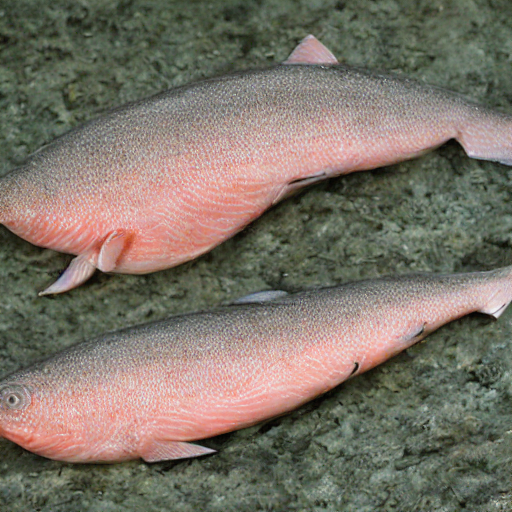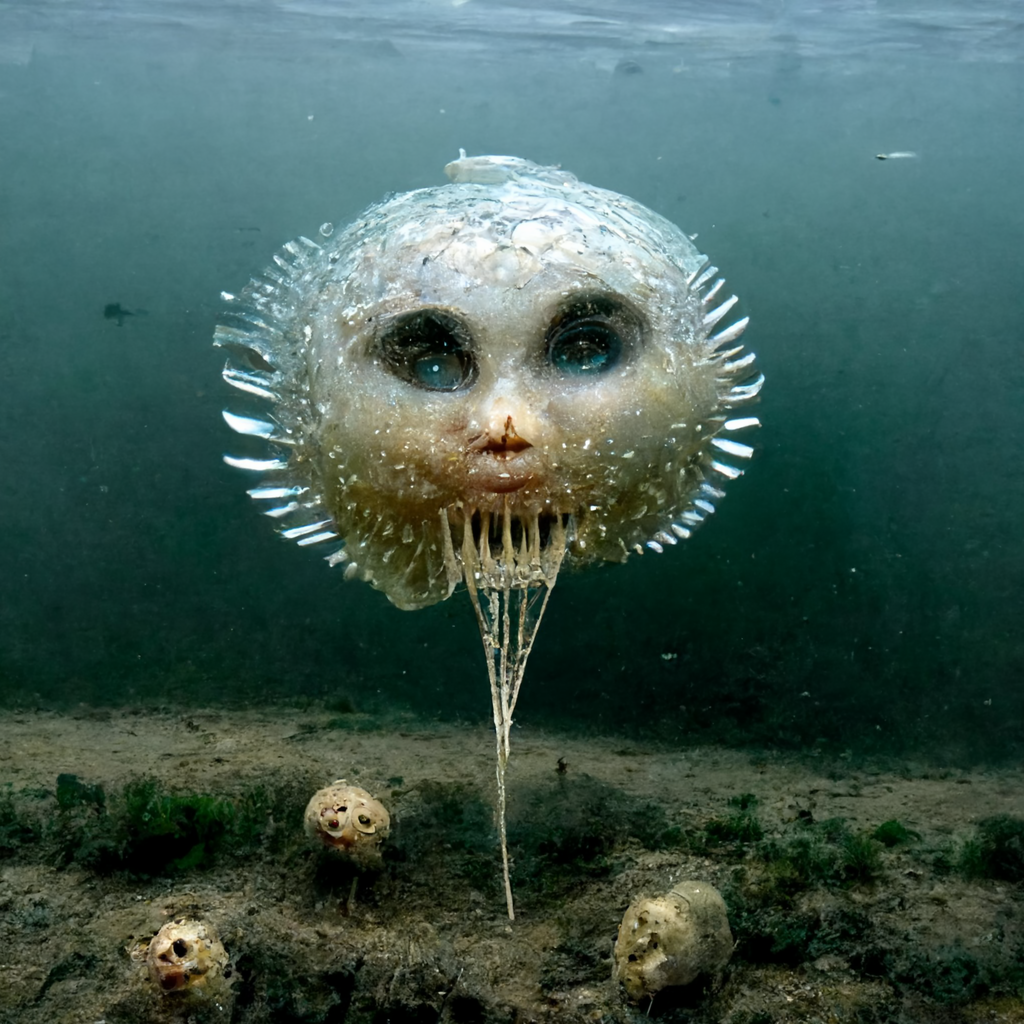

Nitenel are large, gentle creatures when domesticated. They have four heads, six folding wings, and a long, whip-like tail. They have no arms. Their eyes are a piercing red that contrasts their blue feathers beautifully; their beaks are small and each contain one small, venomous fang. Their diet consists mostly of small animals like rabbits, squirrels, and other birds.
Explore an endless universe of ficticious life on NovelGens.



.png)

